Hyacinths are fragrant spring-blooming bulbs known for their vibrant colors and intoxicating scent. When seeking to create an aromatic outdoor space with hyacinths, some gardeners may wonder if hyacinths are perennials, or whether the bulbs need to be replanted every year.
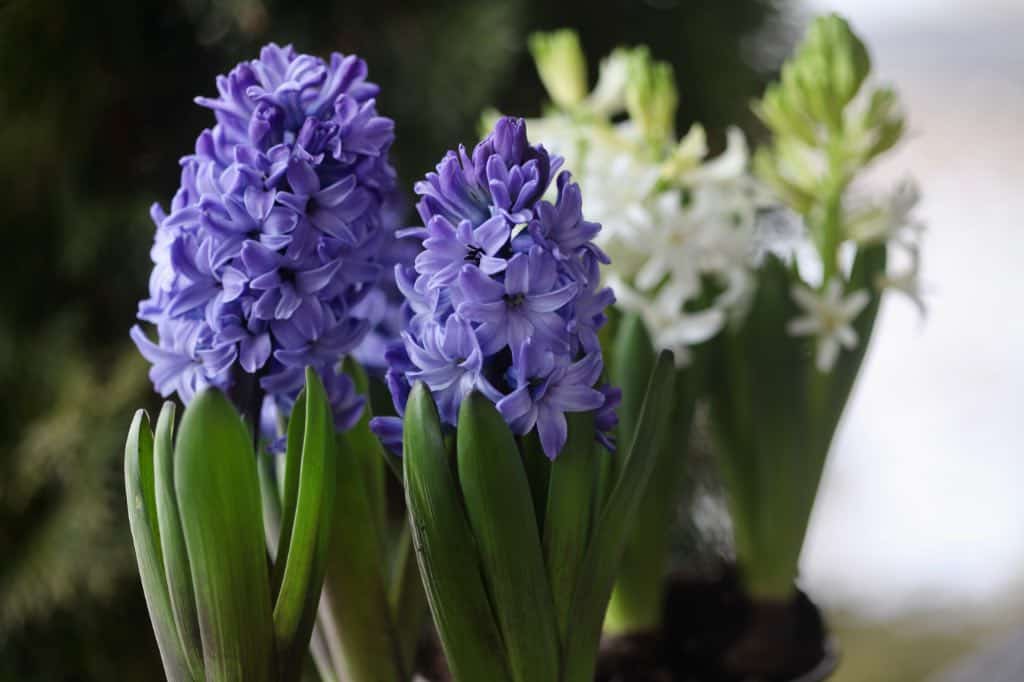
Are Hyacinths Perennials?
Fortunately for most gardeners, hyacinths are perennials. This means that they can return each spring, to add beauty and fragrance to the garden. However, since hyacinths are ideally suited for cooler climates, some gardeners in warmer locations may face unique challenges to maintain the perennial nature of the bulbs. In this case, treating hyacinths as annuals may be necessary.
Regardless of the climate, understanding the needs of hyacinth plants is important for helping them to thrive and grow. With the right care, your hyacinths will continue to delight you with their stunning array of colors and delightful scent.

Hyacinth Plant Overview
Botanical Classifications
Hyacinths belong to the Family Asparagaceae, and to the Genus Hyacinthus.
There are 3 species within the Hyacinthus genus, including Hyacinthus litwinovii, Hyacinthus transcaspicus, and the most common species, Hyacinthus orientalis.
Hyacinthus orientalis, or common hyacinth, is the most widely cultivated species. It is responsible for a large variety of cultivars which we grow in our gardens today.
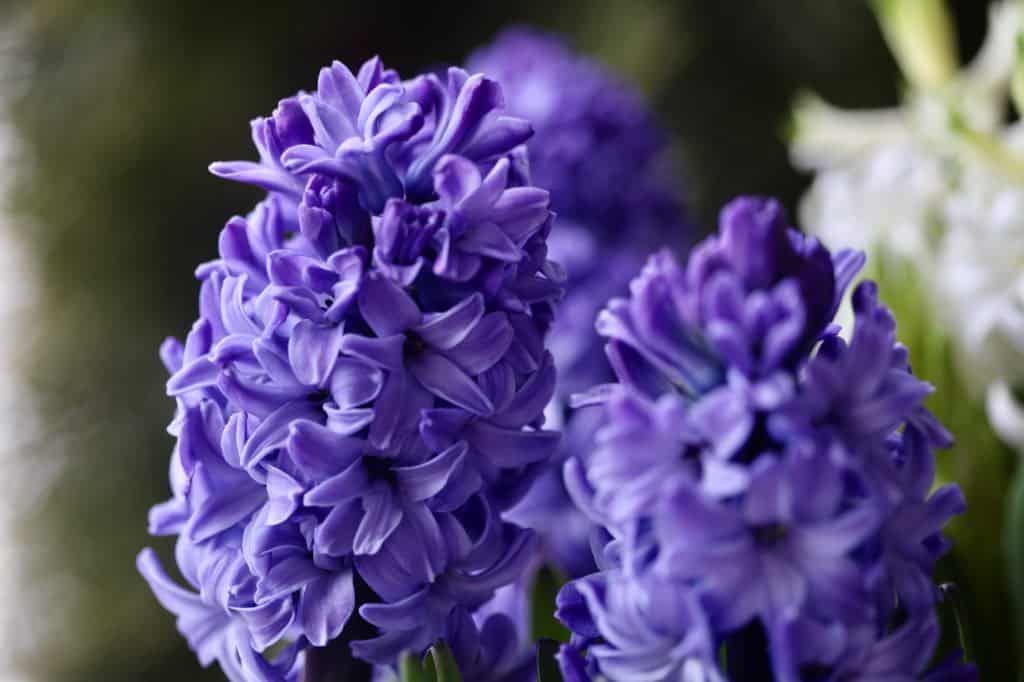
Growth Habits And Characteristics
Hyacinth is a popular spring blooming bulbous plant.
The plants typically grow to a height of about 8 to 12 inches, producing flower spikes with clusters of colorful, highly fragrant blossoms.
These perennial bulbs are hardy in USDA growing zones 4 to 8.
Hyacinth bulbs are typically planted and grown in gardens or containers in springtime. However the bulbs can also be forced to grow indoors at any time, after providing a cold chill period.
Hyacinths grow best in rich well-drained soil, and require plenty of sunlight for flowering.
These plants are generally considered to be perennials. When properly cared for, hyacinths will grow and bloom over multiple seasons, without the need to replant.
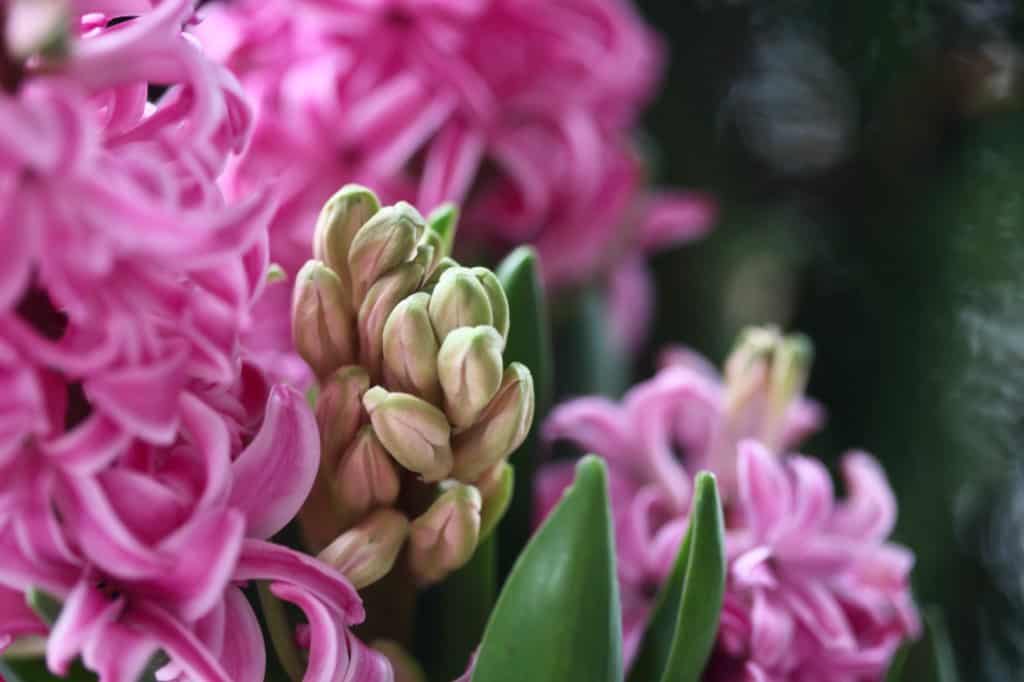
| Characteristics | Description |
| Height | 8 to 12 inches (20 to 30cm) |
| USDA Zones | 4 to 8 |
| Soil | Well-draining soil |
| Sunlight | Full sun to partial shade |
| Bloom Season | Spring |
| Life Cycle | Perennial |
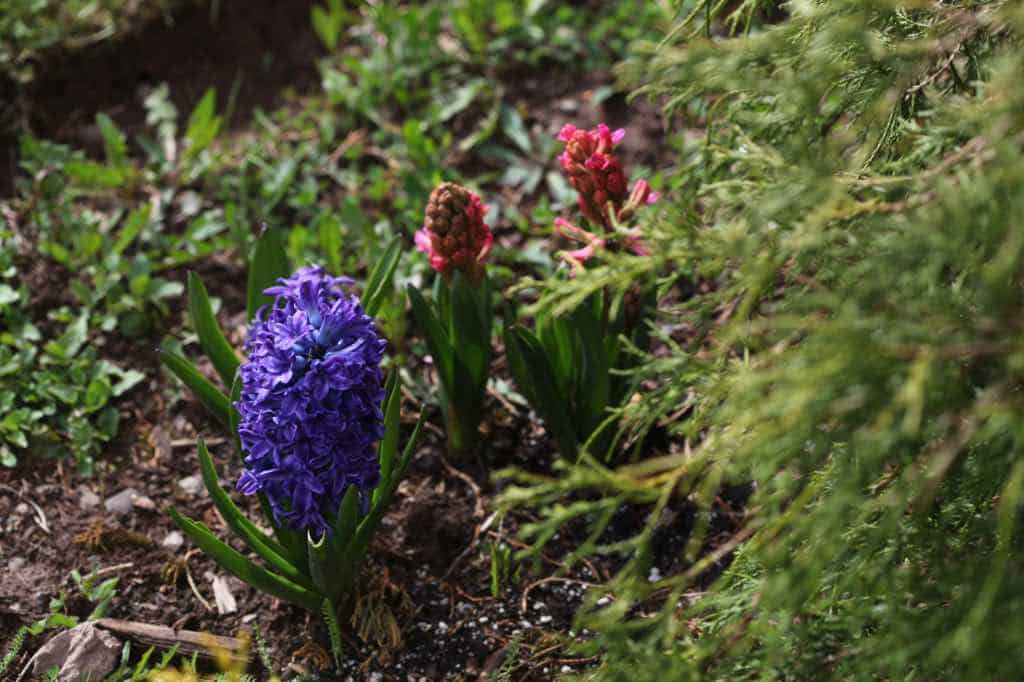
Perennial Nature Of Hyacinths
Lifecycle Of A Hyacinth
The lifecycle of a hyacinth begins in the garden when the bulb is planted, usually in fall. (It should also be noted that long before this step, a seed was once planted, that developed into the bulb).
During the winter the bulb remains dormant, storing energy to fuel the upcoming growth.
In early spring, the hyacinth begins to grow, and it's flowers emerge. The flowers last for a few weeks, before wilting and eventually dying back.
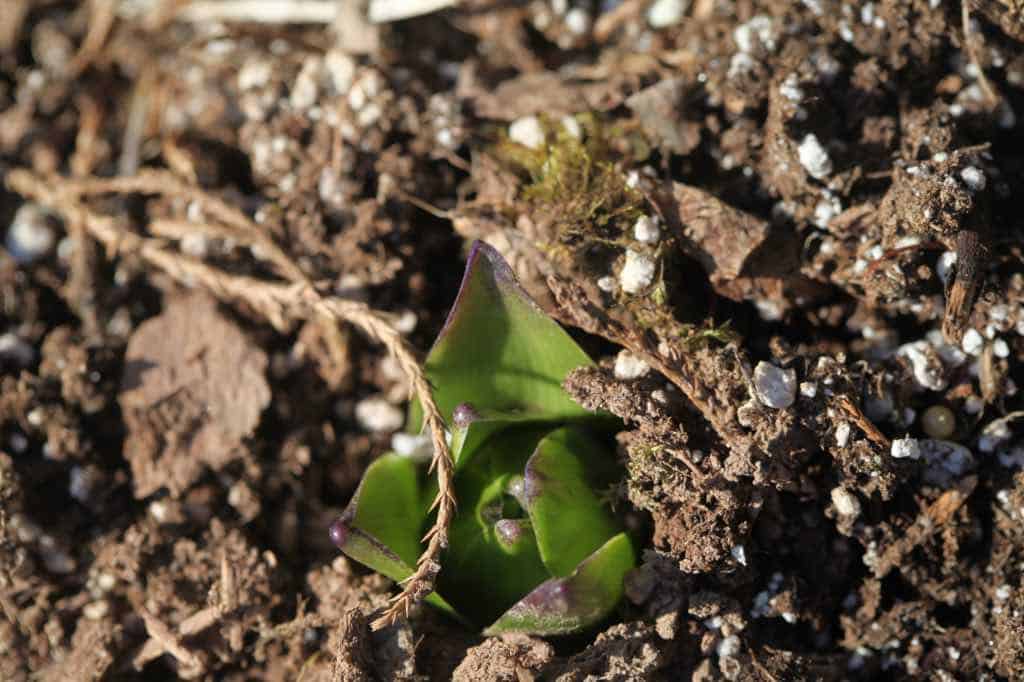
If the hyacinth flowers have been pollinated, seed pods may form on the flower stalks, producing new seeds.
After blooming, the green leaves continue to grow, gathering energy for the bulb through photosynthesis. Then the bulb enters dormancy once again, and the foliage begins to die back.
In colder climates hyacinths will grow as perennials. The bulbs will repeat this blooming cycle for several seasons, although the first year blooms are often the most spectacular.
The following spring new growth will emerge, and the bulb will rebloom, if conditions are right.
The bulbs can also produce small offsets, that can be separated from the bulbs to grow into new bulbs and new plants.
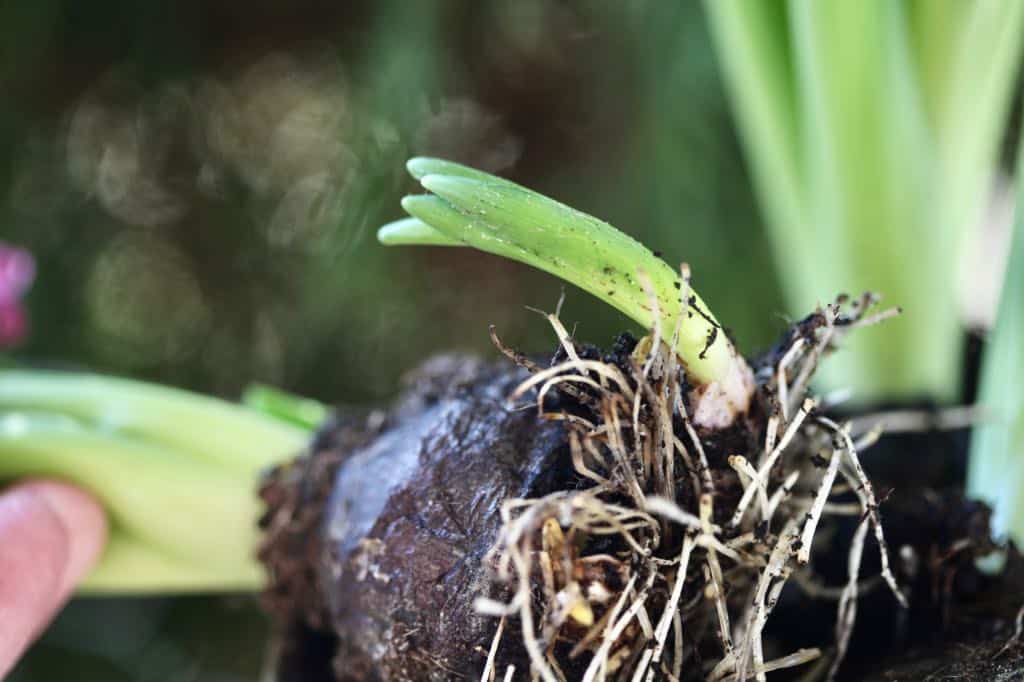
Importance Of Vernalization
Hyacinths typically need a period of cold winter chill to bloom successfully. This requirement is known as vernalization, a process where the exposure to cold temperatures for a specific duration triggers the plant to flower.
This chill period should be between 12 to 14 weeks in length, at temperatures of around 35-45°F or (1.7-7.2°C).
In colder climates where the bulbs receive a proper chilling period during winter, the hyacinths may last longer, and bloom more effectively in spring.
In warmer zones with mild winters, the bulbs will not receive the necessary chilling period to thrive. As a result, in these locations hyacinths can be treated as annuals, chilling the bulbs for the required period of time in the fridge, before planting them into the garden.
This cold treatment is a critical factor in the blooming process for hyacinths. This required cold chill makes hyacinths a classic spring blooming bulb in temperate regions, to grow alongside other spring bulbs such as daffodil bulbs, tulips, and muscari, or grape hyacinths.

Perennials Explained
A perennial plant is a type of plant that lives for more than two years. Unlike annuals, which complete their entire life cycle from germination to seed production within the year, perennials die back in autumn, and then return in spring from their rootstock.

Key characteristics of perennial plants, most of which can be applied to hyacinth bulbs include:
1. Longevity: Perennials have the ability to bloom for several seasons, provided they receive proper care and maintenance. Some species are short-lived, lasting only a few years, while others can live for decades or even longer.
2. Growth Cycle: Most perennials grow actively during the spring and summer. Then in fall and winter, the above-ground plant parts usually die back, however the roots remain alive and dormant. After the period of dormancy, the plants then regrow from the root system again, when the weather warms up.
3. Flowering Period: The specific timing and duration of flowering can vary among species, and perennials have a shorter blooming period, compared to annuals. Perennial plants focus on developing a sturdy root system during their first year, with more vigorous above ground growth and flowering in subsequent years.
4. Maintenance: Perennials often require less maintenance, in terms of planting, compared to annuals. Once planted in their chosen location, these low-maintenance plants continue to return to the garden for several years or more, and don't need to be planted annually.
Perennials are a staple in many gardens because of their longevity, and the fact that they often become larger and fuller over time. The plants play an important role in the garden, helping to create dynamic and sustainable landscapes.

Common Hyacinth Problems And Solutions
To successfully grow hyacinths as perennials, it's important to provide the right environmental conditions for the bulbs. This will enable the bulbs to bloom and grow successfully.
Some common stress factors include:
1. Warm Winter Temperatures: As previously discussed, a cold chill is important for triggering the hyacinth bulb to flower. In warmer locations provide an artificial chill in the fridge for 12 to 14 weeks.
2. Inadequate Sunlight: When planted in a sunny location the bulbs will be able to produce and store energy for next year's flowering. Make sure that the bulbs are in an area where they receive at least 6 hours of full sun daily to produce beautiful hyacinth blooms.
3. Poor Soil Drainage: As with most bulbous plants, if planted in an area that has poor drainage, the bulbs are at high risk for bulb rot. Ensure the bulbs are planted in soil that has good drainage for best longevity.
4. Incorrect Planting Depth: Hyacinth bulbs should be planted at the proper depth for healthy root development. Plant the bulbs at a depth of 4 to 6 inches, into loose soil.
By addressing these environmental factors, you can help your hyacinths to thrive and have healthy blooms.
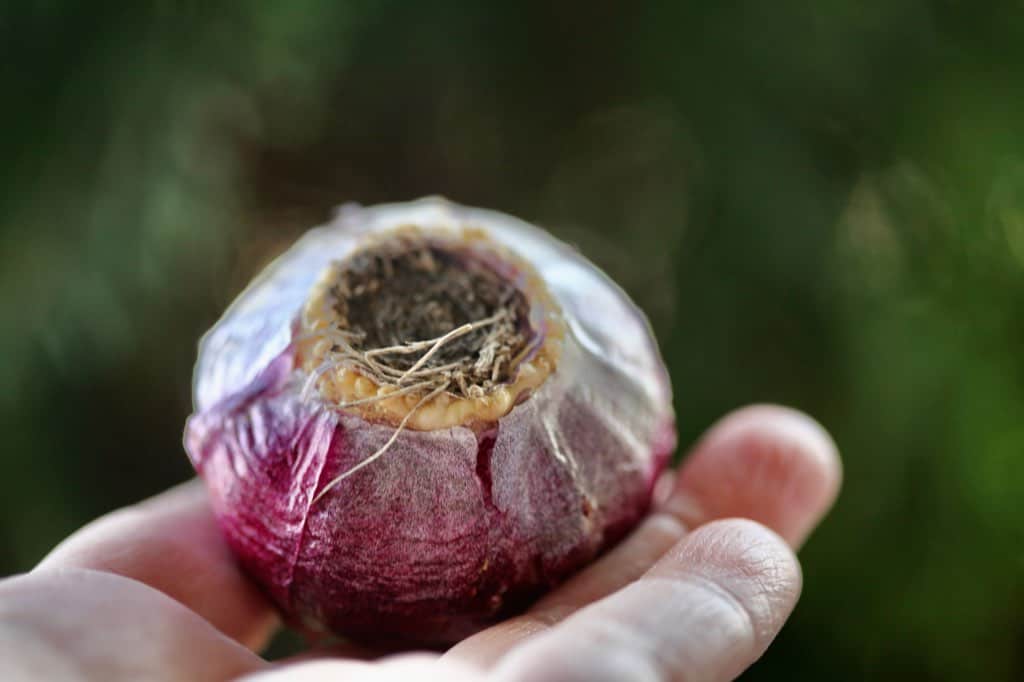
Frequently Asked Questions
In Which Hardiness Zone Do Hyacinths Thrive As Perennials?
Hyacinths grow well in USDA plant hardiness zones 4 to 8, and will thrive as perennials in these locations.
When planted in these growing zones, hyacinths can survive the winter, as well as get the required chill period for blooming.
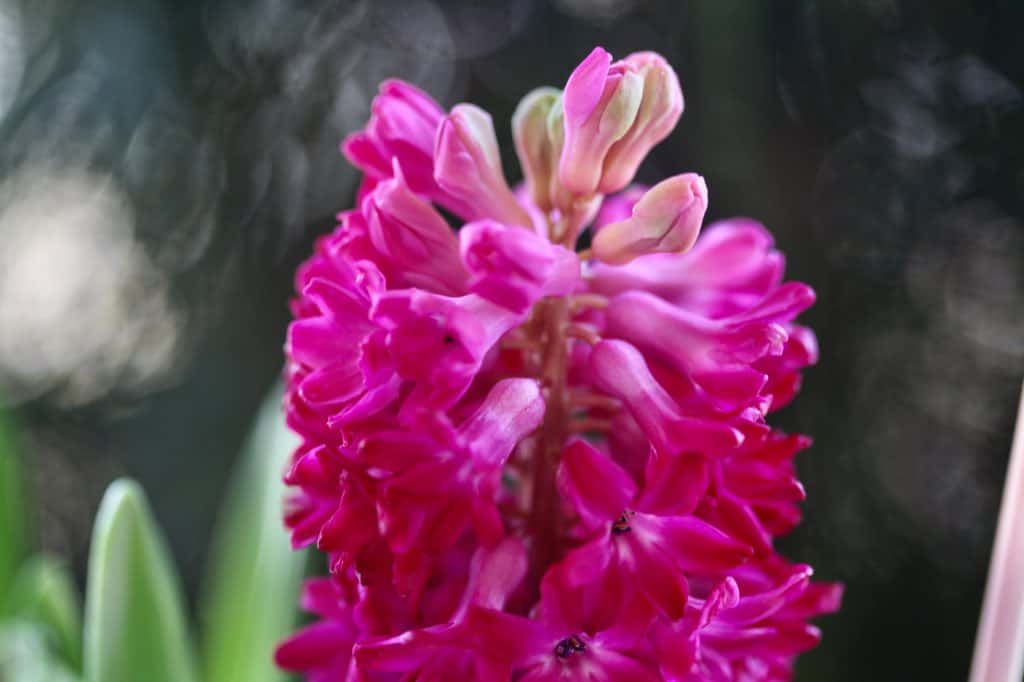
When Is The Optimal Time For Planting Hyacinth Bulbs In Containers?
The optimal time to plant hyacinths in containers is in fall, specifically around September to October. This gives the bulbs time to establish a root system before winter.
In colder growing zones, bring the containers indoors to a cool location such as an unheated garage for the winter. Bring back outside in early spring, when the weather begins to warm.
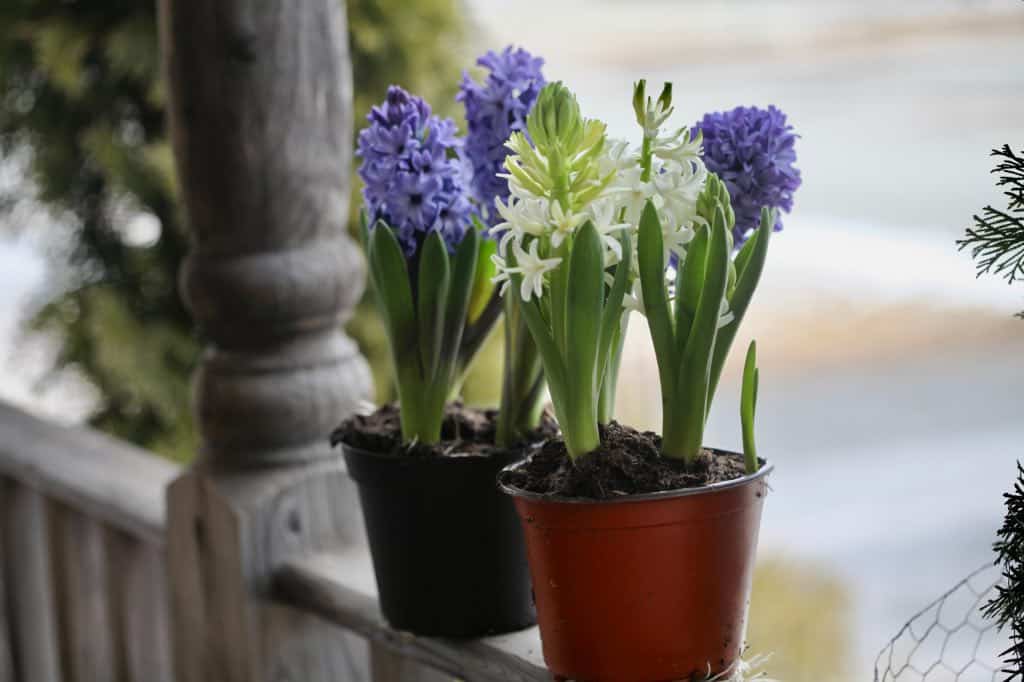
What Is The Recommended Method For Storing Hyacinth Bulbs Between Seasons?
In warmer climates, hyacinths can be dug and stored in a cool environment over winter to provide for the necessary cold exposure.
Dig the bulbs once all foliage has faded, and remove the excess soil. Allow the bulbs to dry out for several days before storing.
Place the bulbs into a paper bag or a mesh bag, and store in a dark, dry, and cool place with good ventilation. The crisper drawer of the fridge is an ideal location.

Can Hyacinths Be Grown As An Indoor Plant?
Absolutely, hyacinths can also be grown as an indoor plant, by forcing the bulbs indoors. To do this ensure that the bulbs are chilled for the specified time, and follow the same methods for planting.
These fragrant flowers are a great choice for growing indoors, and can provide you with winter blooms if planted at the right time. The hyacinth blooms will also fill your living space with an amazing floral fragrance.
Save these perennial bulbs when the flowers are spent, and plant them outside in the flower garden in spring. They will reward you with future blooms for seasons to come.
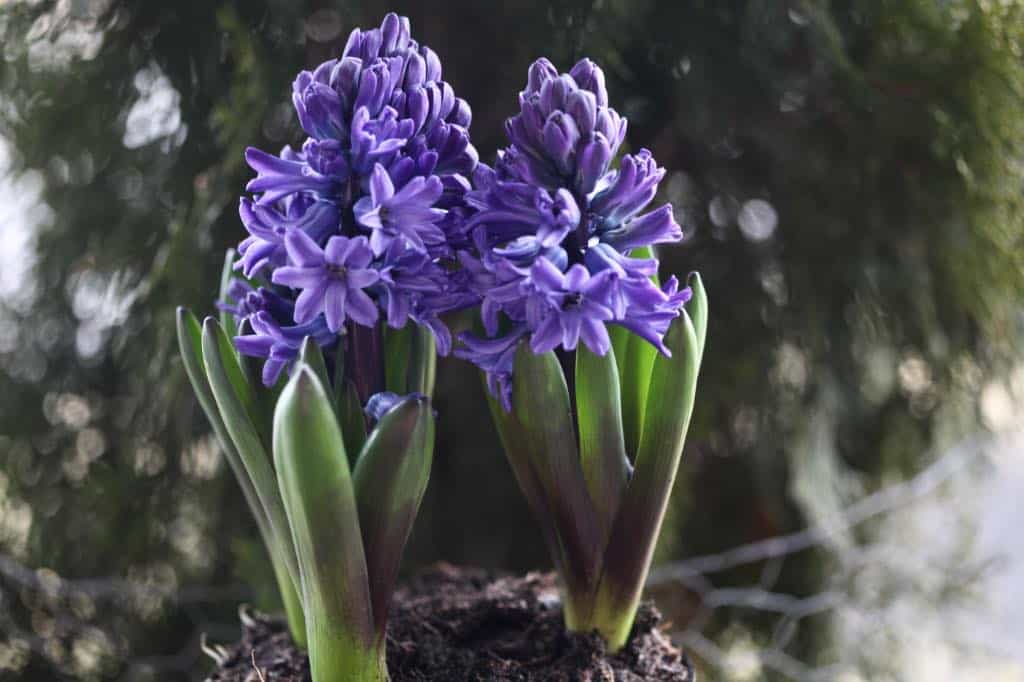
Conclusion
Hyacinths are a cherished addition to any spring garden, and are popular spring flowers.
While technically these spring-flowering bulbs are perennials, their most vibrant show is generally in their first year, with potential reduction in blooming over subsequent years.
Whether you choose to encourage existing bulbs to rebloom, or plant the bulbs annually, the flowers bring undeniable beauty to the garden landscape.
Plant them in a location where you can enjoy their amazing fragrance as well, to get the most enjoyment out of these beautiful flowers!

Have you ever wondered if hyacinths are perennials? Be sure to leave a comment below to share your thoughts!
Other Posts You May Like:
PIN IT FOR LATER!

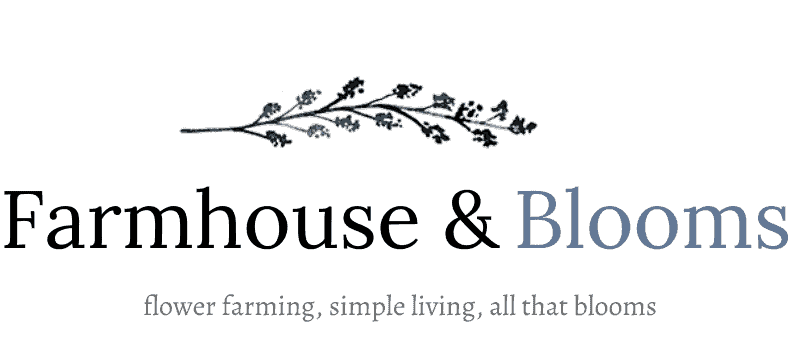


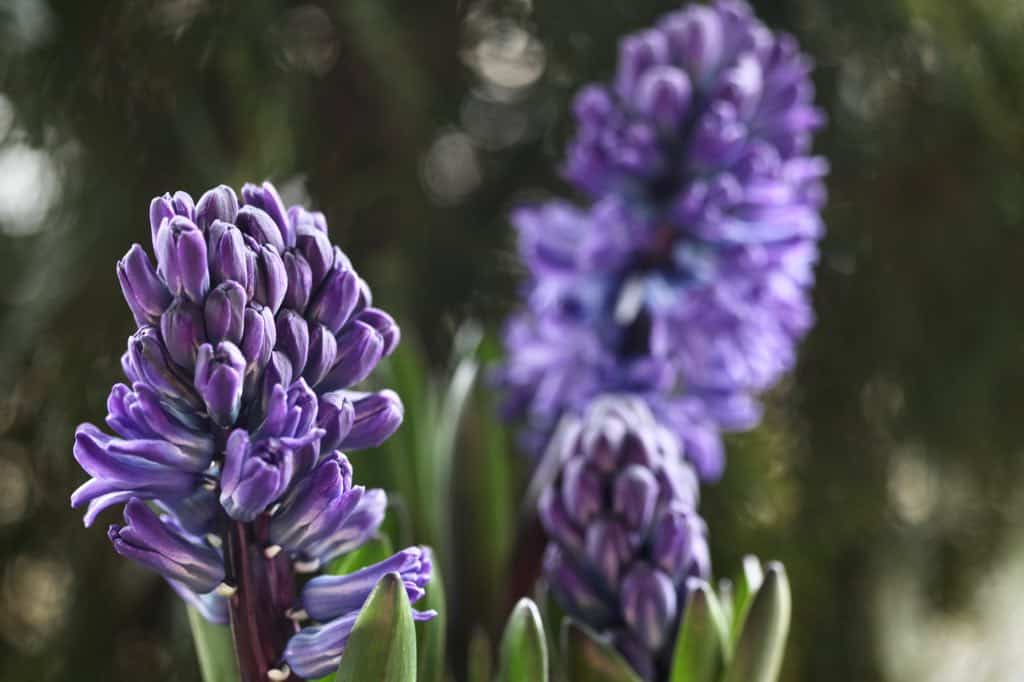
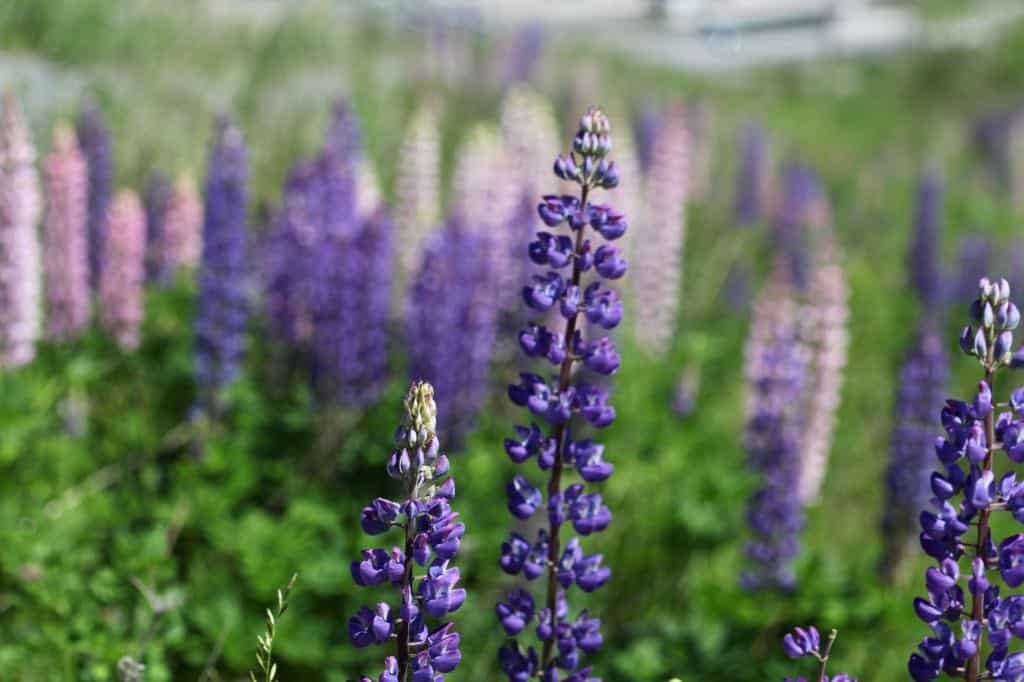

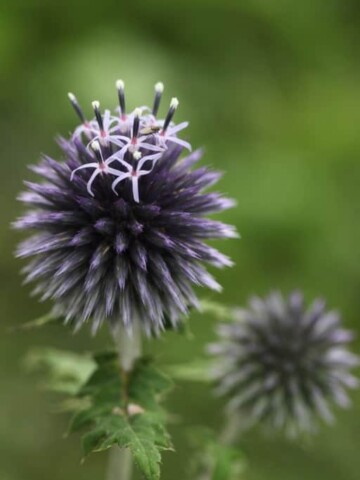
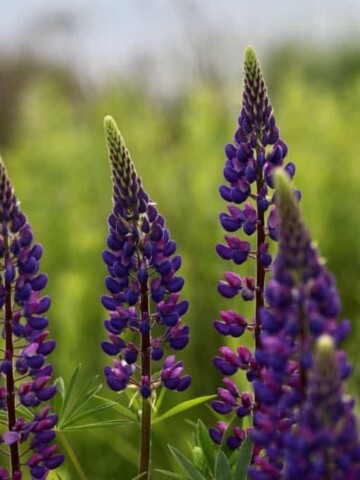
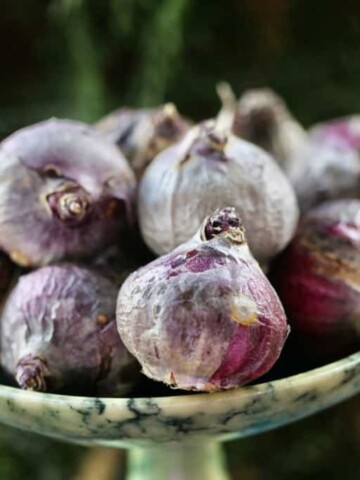
Leave a Reply